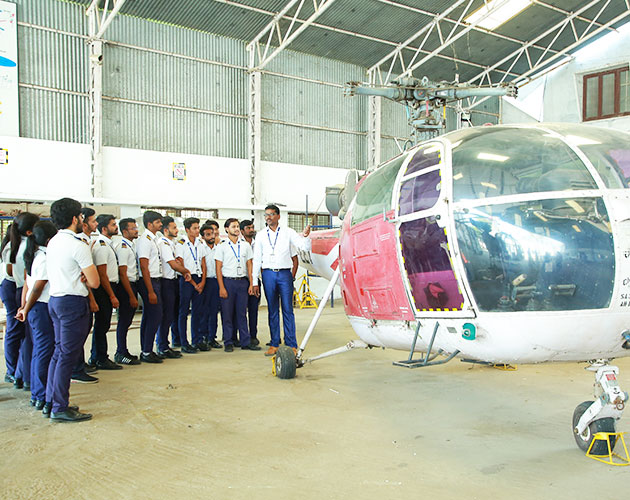The Importance of Aircraft Maintenance Engineering
In the world of aviation, pilots often steal the spotlight—but behind every safe flight is a team of highly skilled professionals working tirelessly to ensure each aircraft is airworthy. At the heart of this team is the Aircraft Maintenance Engineer (AME). Their job doesn’t just keep aircraft running smoothly it saves lives. So, what exactly makes Aircraft Maintenance Engineering so important? Let’s explore.
What is Aircraft Maintenance Engineering?
Aircraft Maintenance Engineering (AME) is a specialized field focused on the inspection, repair, and maintenance of aircraft. Unlike aeronautical engineers who deal with aircraft design, AMEs work hands-on to ensure that every component, system, and function of an aircraft meets the strictest safety and regulatory standards before it leaves the ground.
Why is Aircraft Maintenance Engineering So Important?
1. Safety First—Always
The primary goal of AME is passenger and crew safety. Regular inspections and preventive maintenance help identify issues before they become serious problems. From checking the engine to testing avionics systems, AMEs ensure everything is in optimal condition.
2. Compliance with Aviation Regulations
Aviation is one of the most heavily regulated industries in the world. AMEs are trained and certified under strict regulatory bodies like the DGCA (India), EASA (Europe), or FAA (USA). Their work ensures aircraft remain compliant, avoiding fines, legal issues, or grounding of flights.
3. Minimizing Downtime and Delays
An aircraft grounded for technical faults can cost an airline thousands per hour. AMEs play a critical role in quick troubleshooting and efficient repairs, reducing downtime and keeping operations on schedule.
4. Enhancing Aircraft Lifespan
Through meticulous maintenance, AMEs help extend the usable life of aircraft. This not only improves operational efficiency but also delivers long-term savings for airlines.
5. Supporting Modern Aviation Technology
Today’s aircraft are equipped with cutting-edge technologies. AMEs are continually trained to stay updated with advancements such as composite materials, fly-by-wire systems, and digital diagnostics.
The Role of an AME in Daily Operations
A typical day for an AME includes:
- Pre-flight checks
- Routine inspections
- Troubleshooting technical issues
- Component replacements
- Documentation and reporting
- Collaborating with pilots, engineers, and ground staff
It’s a role that requires not just technical knowledge but precision, discipline, and accountability.
The Future is Bright for AMEs
With the global aviation industry growing rapidly, the demand for skilled AMEs is on the rise. India, in particular, is witnessing a boom in air travel, making Aircraft Maintenance Engineering one of the most promising aviation careers today.
Conclusion:
Aircraft Maintenance Engineering may happen behind the scenes, but its importance cannot be overstated. It’s the foundation of flight safety, the guardian of reliability, and the unsung hero of the aviation world.
If you’re passionate about aviation and have a knack for engineering, AME is a career path that’s both rewarding and essential.

